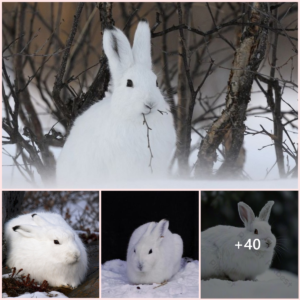8 Strange and Beautiful Fox Species
There are only 12 true fox species, but you’ll find great variation among them.
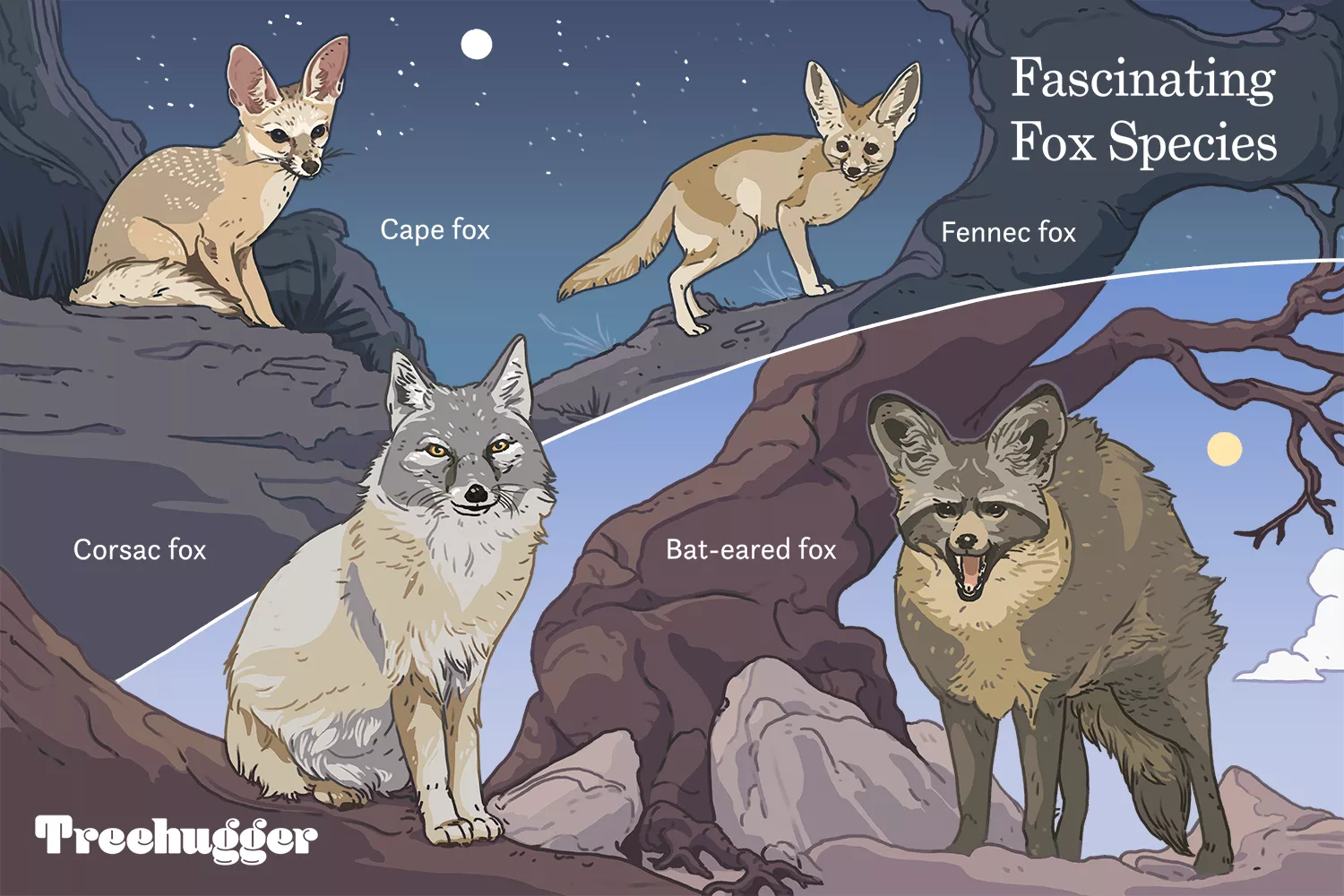
Foxes are a widespread member of the canid family, occurring on every continent except Antarctica. There are 12 species, and 47 recognized subspecies in the monophyletic “true fox” category of the genus Vulpes, the most familiar and prevalent species being the red fox. However, not all of them are red; they can also be silver, white, black, or brown. Some thrive in the desert, while others prefer alpine environments.
With so many types in so many places, it’s no wonder that members of the genus have taken on so many adaptations, resulting in a wide array of sly characteristics.
Here are eight fascinating fox species that may not look like your average storybook fox.
Bat-Eared Fox
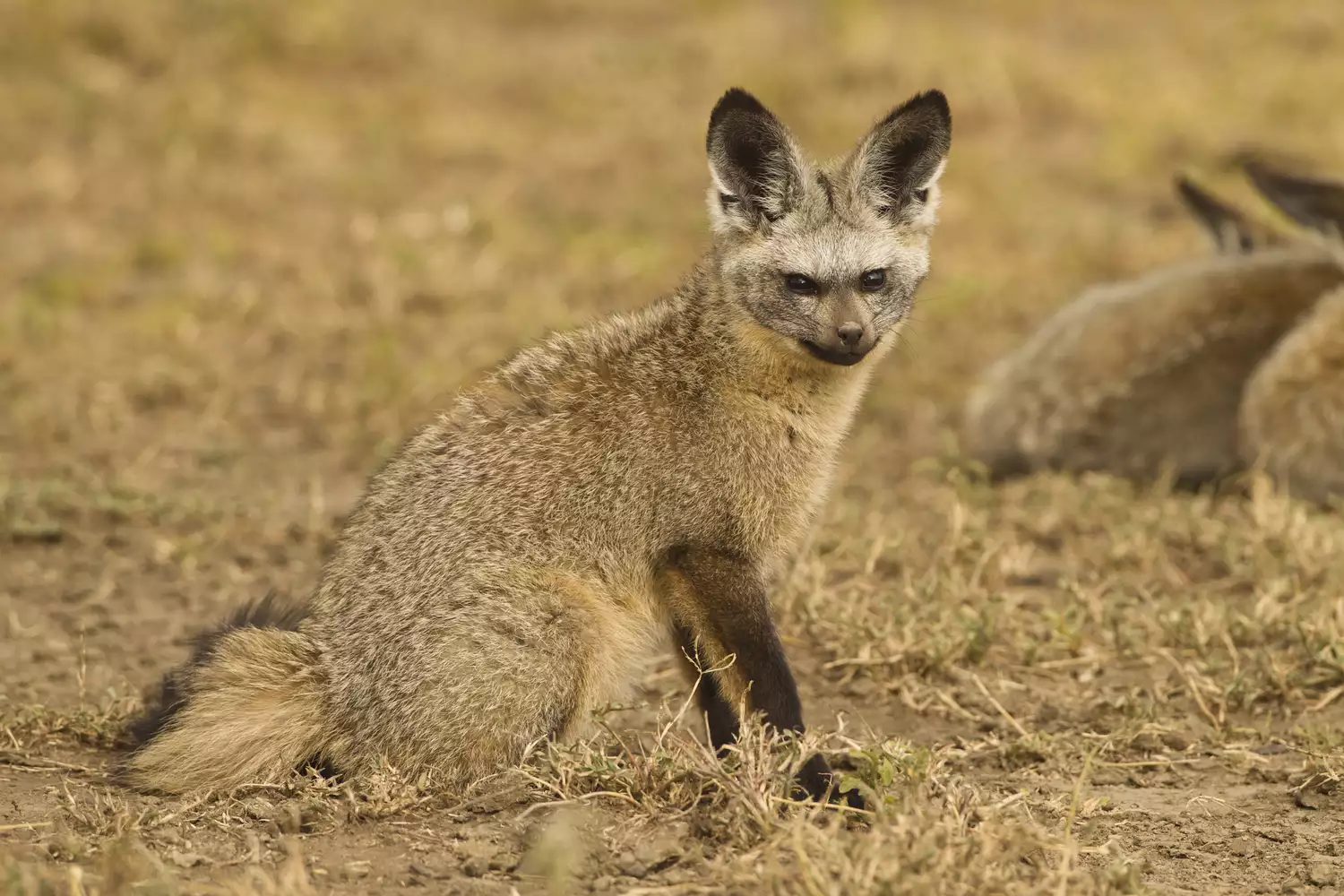
The bat-eared fox (Otocyon megalotis) gets its name from its extra-large ears, which it uses to locate insects and other prey. Its diet is made up of harvester termites (and other termites), ants, beetles, grasshoppers, spiders, and other invertebrates. These insects not only serve as food but also provide much of this desert animal‘s water intake, as there is precious little extra water to be found in the dry grasslands and arid savannas of Africa, where it lives. In addition to having large ears, the species also has more teeth than any other fox or placental mammal.1
Tibetan Sand Fox
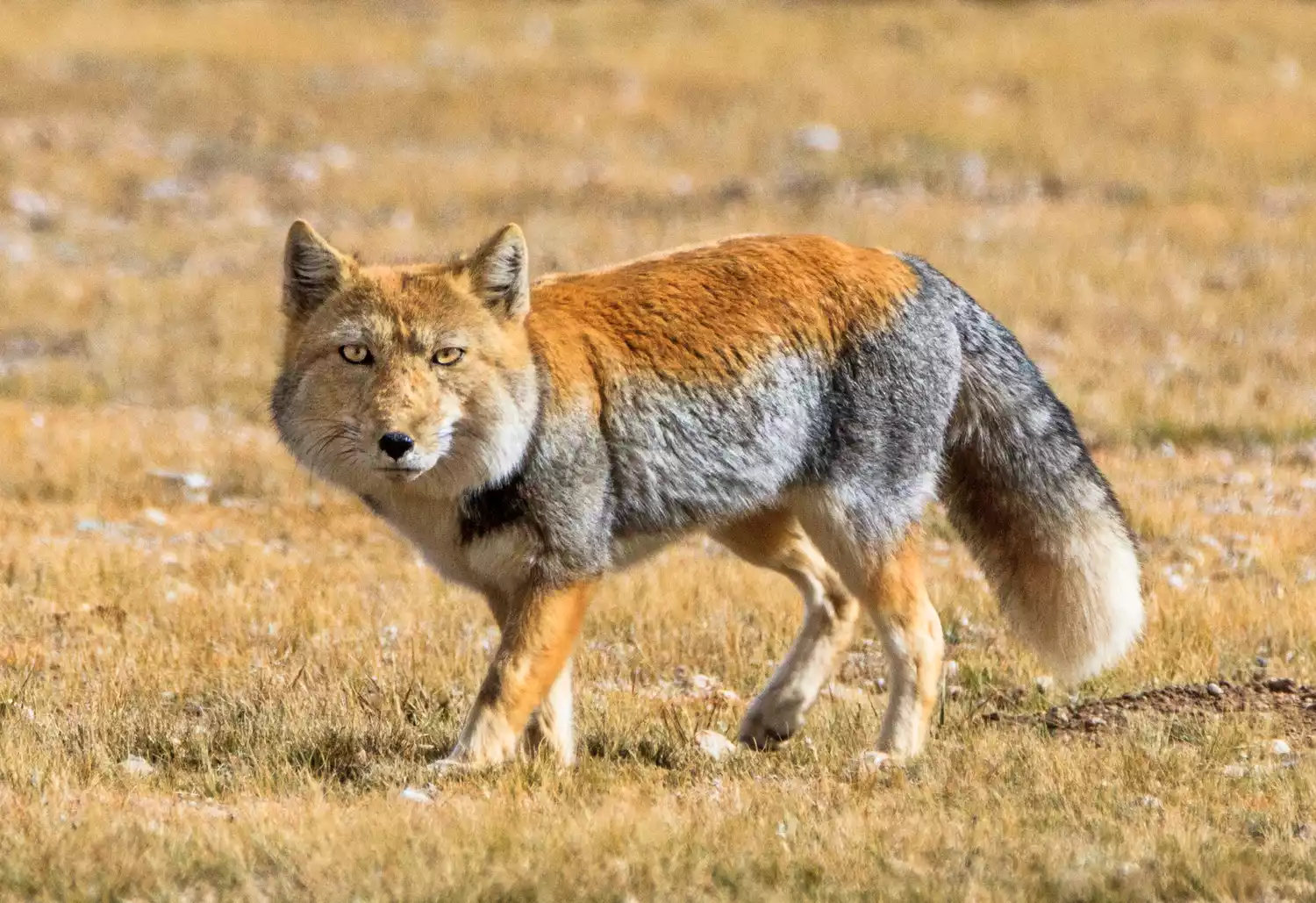
The Tibetan sand fox (Vulpes ferrilata) may have regular-sized ears, but it appears to have an unusually broad head. This is mostly because its muzzle is especially narrow, and it has quite a bit of thick fur surrounding its face. Its body is compact and its legs rather short, which altogether gives the animal a cartoon-like aesthetic. This fox is found at high elevations in the Tibetan Plateau, Nepal, Sikkim, and the Ladakh Plateau, sometimes above 17,000 feet.2 It hunts pikas and other rodents, woolly hares, and sometimes lizards.
Cape Fox
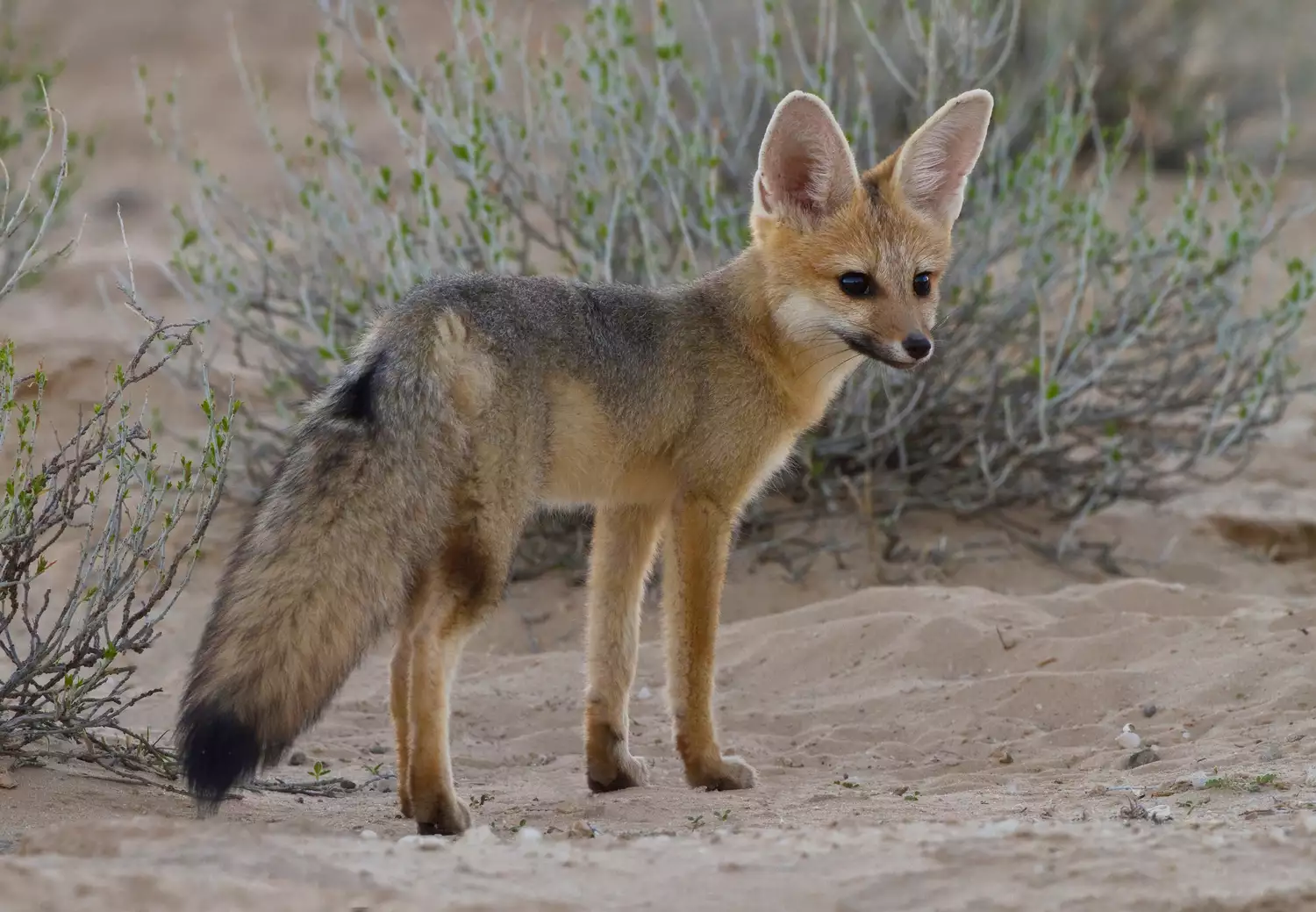
The cape fox (Vulpes chama) can be found in areas of southern Africa, including South Africa, Zimbabwe, Botswana, and the Kalahari desert region. Its preferred habitat ranges from open grassland plains to semi-desert scrub. It seeks shelter from the heat by resting in burrows during the day and becoming active during the cool night hours, though it can be spotted in the golden hours of dawn and dusk as well. Like many canids, cape foxes mate for life and can rear offspring at any time of the year. However, the adults tend to forage alone, which means they aren’t often spotted in pairs.3
Crab-Eating Fox
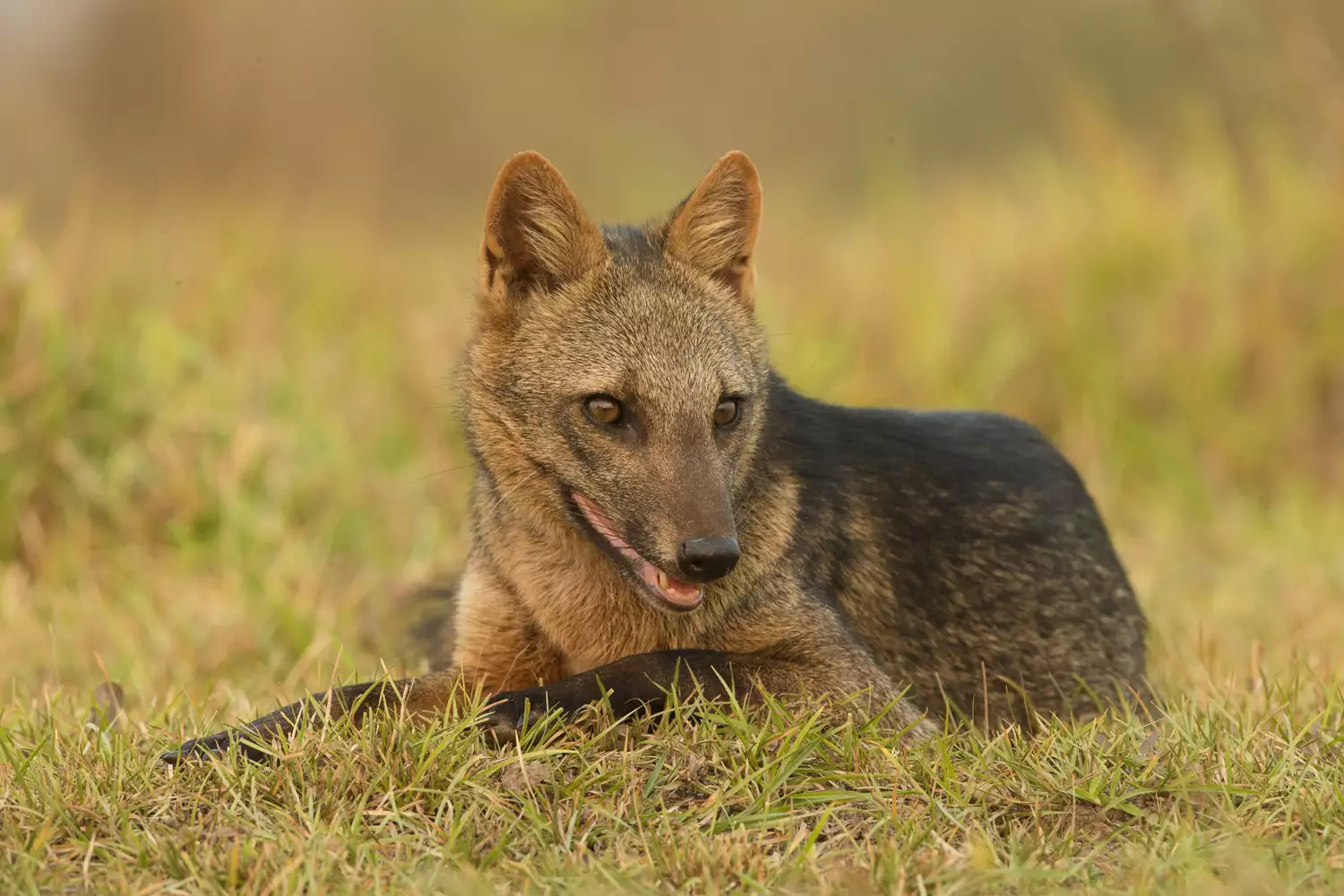
The crab-eating fox (Cerdocyon thous), also known as the forest fox and the wood fox, is native to South America and can thrive in savannas, woodlands, subtropical forests, or riparian forests. This species gets its name from its choice of prey. It consumes a generalist diet of crabs (found on muddy floodplains during the wet season), crustaceans, insects, rodents, and birds.4 Apparently it is easily tamed and sometimes kept as a pet.5
Fennec Fox
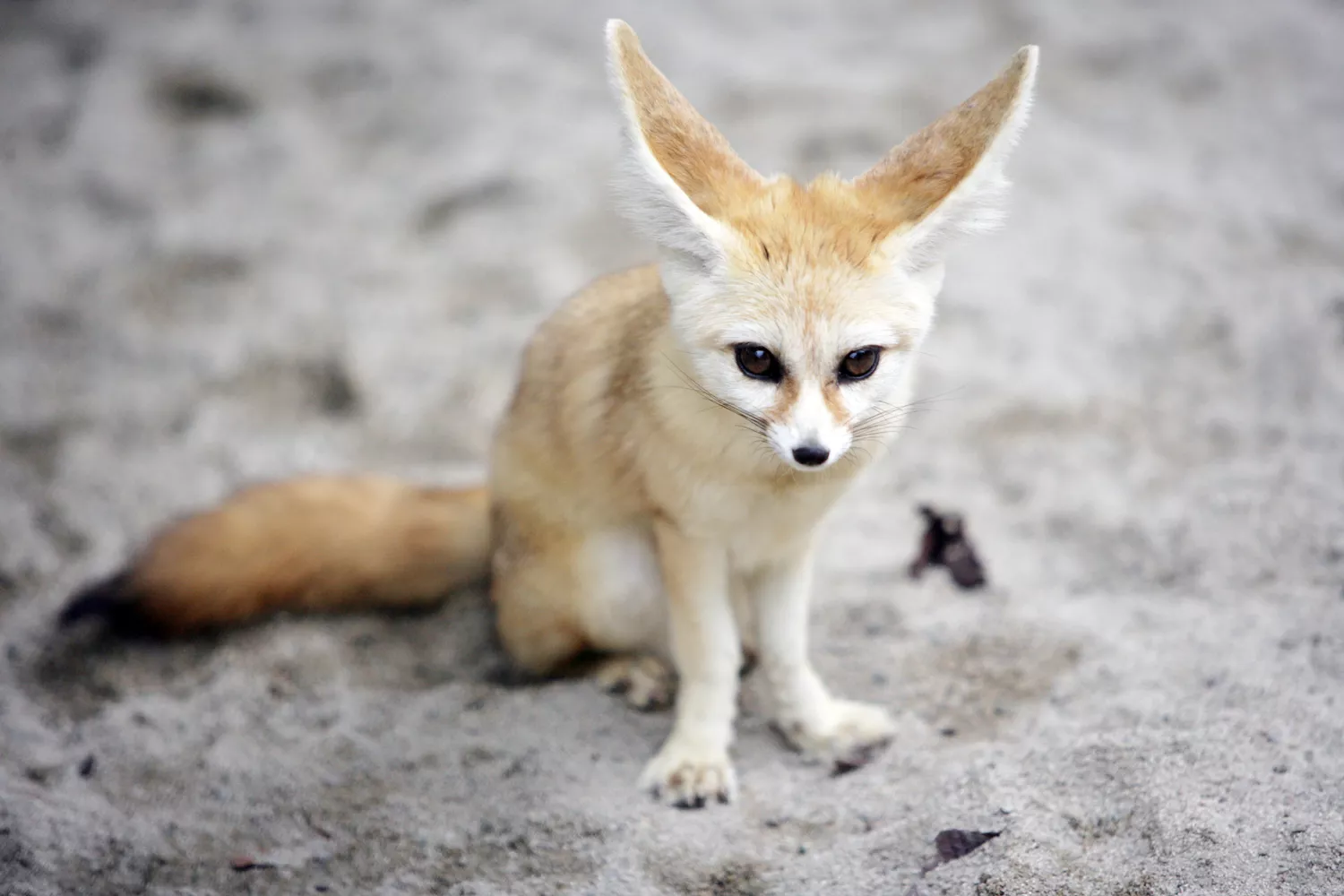
The fennec fox (Vulpes zerda) is a desert dweller that can survive on very little water.6 It is nocturnal, staying cool in its den during the heat of the day and hunting at night. Its distinctly large ears help it locate prey, such as reptiles, eggs, and insects, and to dissipate heat. The fennec fox has the ability to go for long periods of time without water.
The fennec fox is the smallest canid species in the world, averaging three and a half pounds and usually topping out at about 12 inches in length. Its ears alone can be three to six inches tall. These remarkable creatures have been known to jump two feet in the air from a standing position.
Corsac Fox
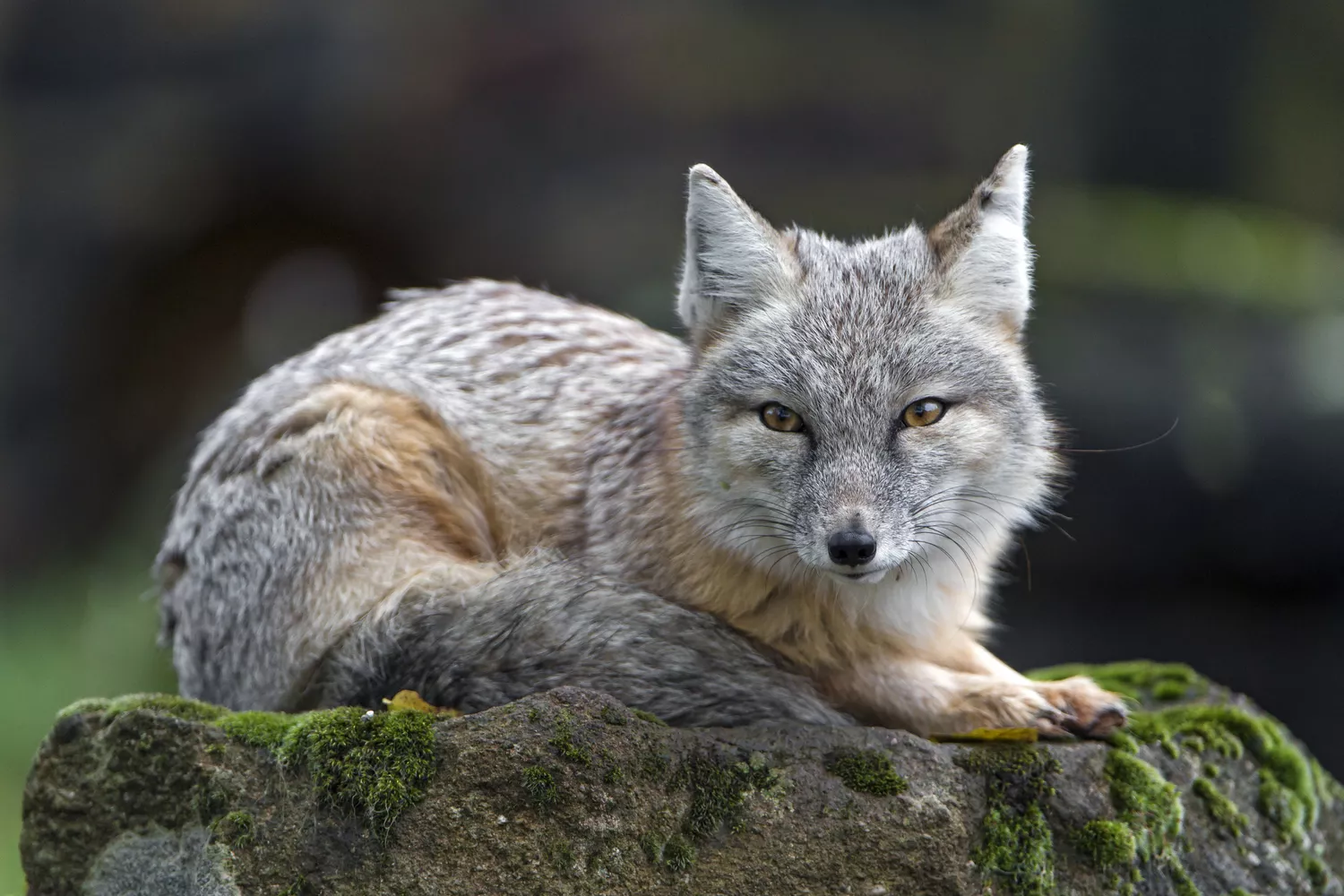
The Corsac fox (Vulpes corsac) has extremely fluffy fur in the winter, which is why populations are perpetually threatened by poachers. It lives in the steppes and semi-desert of central and northeast Asia, and can sometimes drop as much as 90 percent in population—a result of natural disasters, bad weather such as a cold winter with high snowfall, poaching, development, and so forth.7 But the species tends to recover quickly, which is why the Corsac fox is still considered a species of least concern by the International Union of Conservation of Nature.8 They are mainly nocturnal, spending the daytime hours in burrows. A fox might have several active burrows within its territory.
Silver Fox
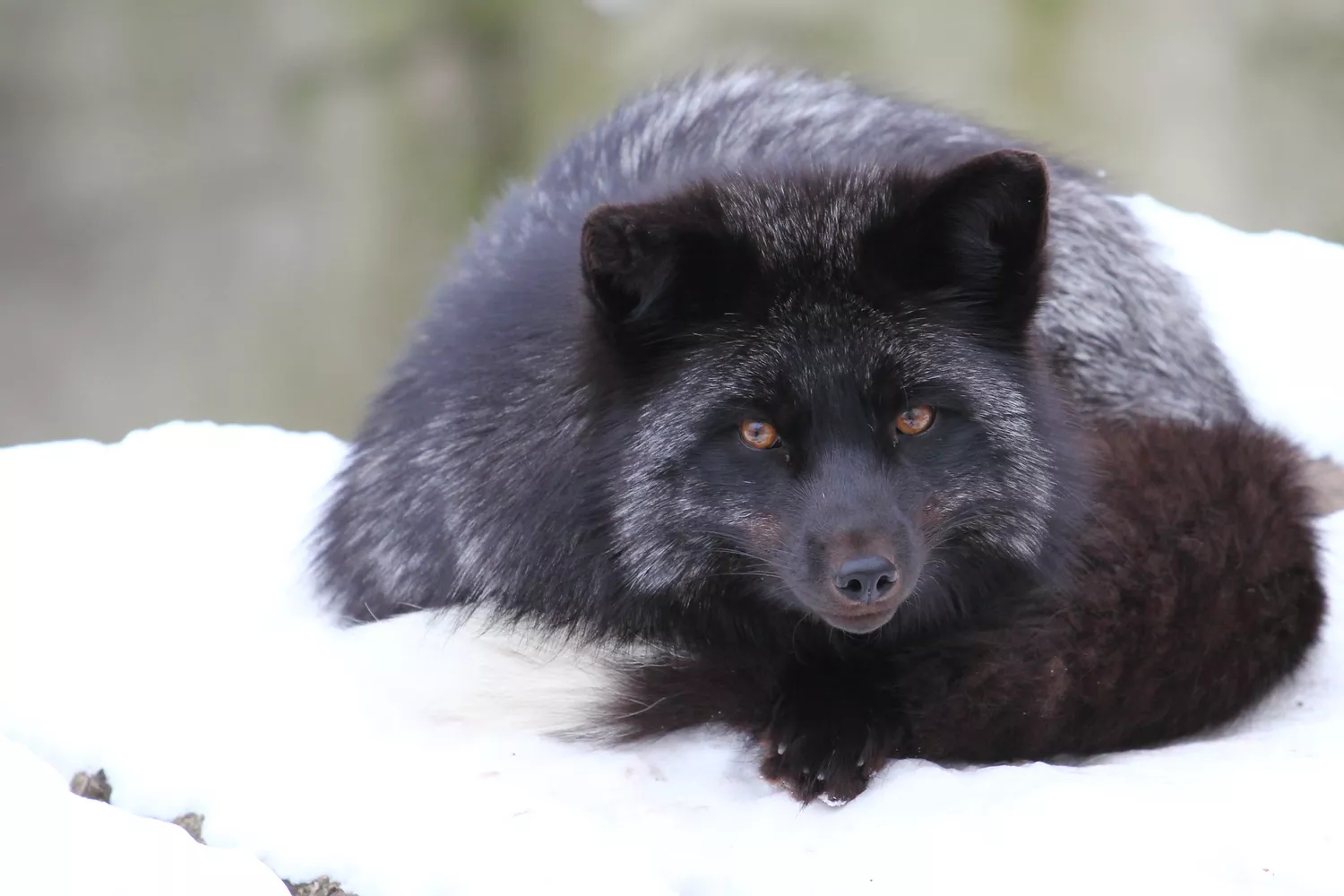
The silver fox is actually a color variant of the red fox (Vulpes vulpes). These foxes are born with extra melanin, making their fur darker, with interspersed silver tips that give it a unique shimmer. They can vary from being all black with just the signature white-tipped tail to being blue or ashy grey. Whatever the shade, this color variant is prized by the fur trade. Because of this, the silver fox has been bred into captivity to the point of being domesticated.9 Today, natural silver variants happen very rarely in the wild.
Their eyes take on a golden yellow glow as they mature. They are solitary, semi-territorial animals, and unlike other canid relatives like dogs and wolves, cannot bark or howl. Instead, they yip or “gekker,” which is a kind of chuckle sound made during play or when defending their range.10
Arctic Fox
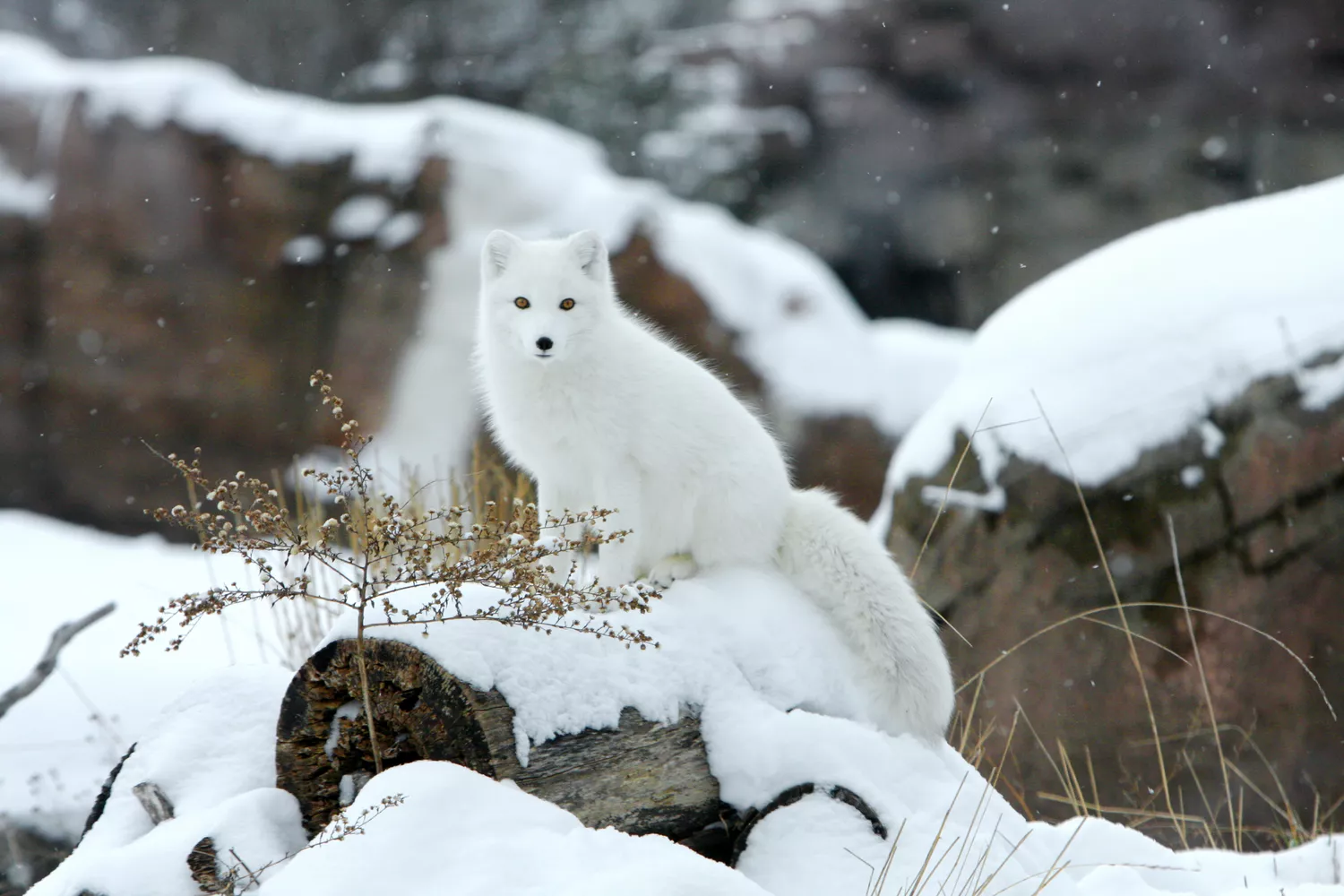
Also known as the polar fox, white fox, or snow fox, the Arctic fox (Vulpes lagopus) calls the Arctic tundra biome home, i.e. the northern regions of Canada, Russia, Europe, Greenland, and Iceland. Unlike its desert-dwelling cousins that are adapted to extreme heat, this majestic canid is equipped for bitter cold. It has the warmest pelt of any animal found in the Arctic, able to survive temperatures of up to about 76 degrees below zero Fahrenheit (-60 degrees Celsius).11 That white coat also helps it blend in with the snow, and its tail can serve as a blanket to keep it even toastier in a burrow.





